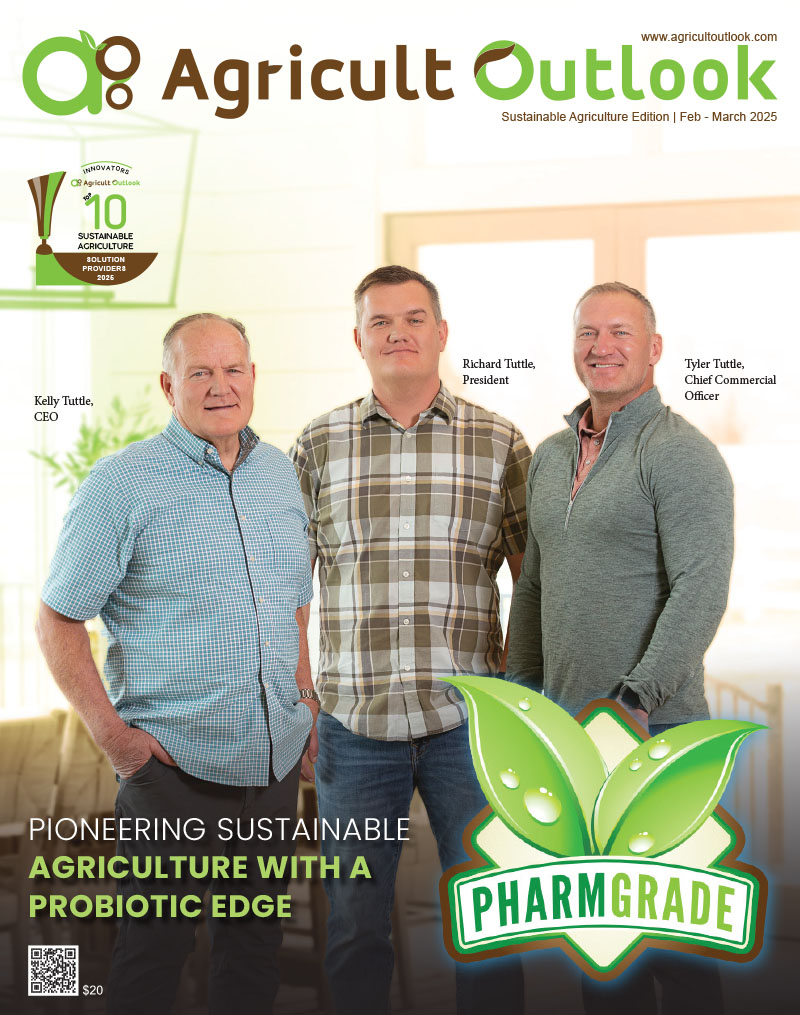Regenerative agriculture holds the promise of restoring natural capital and delivering higher, more consistent financial returns to farmers amid increasing climate and market volatility. Like many nature-based solutions to climate change, its environmental, social, and economic value can only be fully realized through long-term commitment. For regenerative agriculture to have its desired impact, it must ultimately replace the current “conventional” model for agriculture that feeds the world today.
Despite rising interest from investors and corporations in the regenerative agriculture industry, achieving the necessary paradigm shift requires a more robust set of financial tools and policies. These should include incentives and market standards that clearly define regenerative practices and outcomes.
Environmental markets that reward durable positive impacts for nature are often pointed to as a financial tool to support the transition to regenerative agriculture. Currently, reliable revenue streams for farmers depend on participation in voluntary carbon markets or through insetting programs with large corporations. However, participation in these markets often poses significant cost barriers for agricultural producers, as they are typically financially viable only at large scales (thousands of hectares), usually necessitating institutional investment. Consequently, limited value is returned to individual producers. Furthermore, increased scrutiny of voluntary carbon markets has led to stricter guidelines and rising costs for offset production and monitoring.
One strategy is to connect farmers to carbon offset buyers outside of their traditional supply chains to increase financial viability or value. Energy users such as fast-growing technology companies looking to offset their carbon footprints, often have greater financial resources than established food companies, whose consumers may need more support to absorb increased costs.
Other environmental credit/offset programs, such as those focused on biodiversity and water, are still developing. The maturation of these markets aligns well with regenerative agriculture practices and could create additional revenue opportunities for producers.
Terviva’s farming partners exemplify this approach by investing in infrastructure like sensors to improve irrigation efficiency. Practices such as edge-of-field plantings sustain pollinators, reduce fertilizer runoff, and enhance farm productivity and resilience. While individual producers can benefit from these gains, achieving ecosystem-level improvements will require collective action and increased monitoring of additional ecosystem services.
Since 2020, many leading food, consumer packaged goods (CPG), and agricultural firms have publicly committed to integrating regenerative agriculture into their sourcing and farming practices. The most effective programs focus on providing direct financial incentives to farmers, thereby mitigating the short-term financial risks associated with transitioning to regenerative practices. A notable example is Tony’s Chocolonely Living Income Reference Price (LIRP), which takes a holistic approach to sustainability by rewarding a package of environmental and social outcomes, resulting in increased carbon sequestration, reduced deforestation, and improved farmer livelihoods.
Regulatory programs can also support the transition to regenerative agriculture when combined with corporate-backed incentives and financing. These programs can take multiple forms, often providing direct financial support to farmers for practices that sequester carbon or improve soil health, often without any references to regenerative agriculture. For instance, the USDA’s Tree Assistance Program helps tree farmers maintain permanent plantings by reimbursing crop replacement costs for those affected by disasters. Terviva’s citrus growers in Florida have used this program to replant pongamia trees in areas impacted by the citrus greening disease.
The Soil and Water Outcomes Fund (SWOF) illustrates how public conservation programs, in collaboration with private partnerships, can facilitate the shift to regenerative agriculture. Operating across 16 states in the Midwest and Southeast, SWOF aids farmers in adopting practices that yield positive carbon and water outcomes. Collaborating with major firms across the agricultural value chain, it provides direct payments to farmers for achieving these goals, supported by funding from various state and federal programs, including USDA’s Climate Smart Commodities initiative.
Ultimately, the transition to regenerative agriculture requires a multifaceted approach that integrates financial incentives, public policies, and collaborative efforts across sectors. By harnessing these tools, we can unlock regenerative agriculture’s full potential, benefiting both farmers and the environment.
Sources:
Financing for Regenerative Agriculture
Seeding New Capital: Understanding Private Financing for a Regenerative Agriculture Future
Can Food and Agriculture Companies Raise Their Game?







